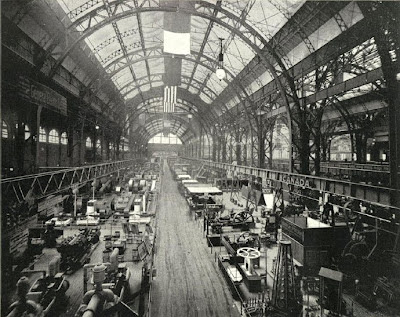On this day in 1815, Augusta Ada Byron, the future Ada Lovelace, was born to Lord Byron and Lady Noel Byron. The marriage broke down in the first few months of Ada's life, so she never met her famous father. As she grew, her intellect became obvious, and her private education taught her more math and science than was available to most of her female contemporaries.
In 1834, the year that Morris was born, Ada heard Charles Babbage lecture on the “Difference Engine,” which he'd invented, but hadn't yet built. (Although he never managed
to build it, this “difference engine” was the first computer.) Ada was fascinated, and began a correspondence with
Babbage. During her short but bright mathematical career, she worked
and corresponded with Babbage, and wrote what's considered to be the
world's first computer program, making her the world's first computer
programmer.
One computing innovation that preceded
the Difference Engine—or Babbage's other computer, the “Analytical Engine”—was the humble Jacquard Loom. Although it was not a computer, it
could receive and execute complex commands in the form of punch
cards. Morris, heralded as the father of the Arts & Crafts
Movement, felt conflicted about the Jacquard loom and machinery in
general, but did use the programmable loom in his silk-weaving
operations.
When Ada tragically died of cancer in
1852, she was 36. Morris was just a teenager at the time, preparing
to go to Oxford. The tiny overlap in their lives and work was summed up unwittingly by Ada: “We may say most aptly that the Analytical
Engine weaves algebraic patterns just as the Jacquard loom weaves
flowers and leaves.”

















.jpg)



.jpg)

